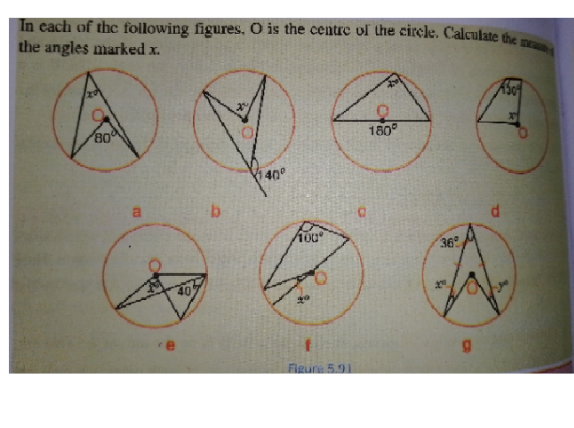
AllQuestion and Answers: Page 501
Question Number 169702 Answers: 1 Comments: 0
Question Number 169774 Answers: 1 Comments: 3

Question Number 169771 Answers: 3 Comments: 0
Question Number 169770 Answers: 0 Comments: 4

Question Number 169677 Answers: 2 Comments: 0
Question Number 169671 Answers: 0 Comments: 0

Question Number 169669 Answers: 1 Comments: 0

Question Number 169668 Answers: 0 Comments: 1

Question Number 169667 Answers: 1 Comments: 0
Question Number 169664 Answers: 1 Comments: 0
Question Number 169658 Answers: 1 Comments: 2

Question Number 169655 Answers: 1 Comments: 0

Question Number 169654 Answers: 2 Comments: 0
Question Number 169653 Answers: 1 Comments: 0
Question Number 169650 Answers: 0 Comments: 1
Question Number 169646 Answers: 0 Comments: 0
Question Number 169640 Answers: 0 Comments: 1
$$\int\mathrm{cos}\left({x}^{\mathrm{7}} \right){dx}\:= \\ $$
Question Number 169635 Answers: 1 Comments: 1
Question Number 169631 Answers: 1 Comments: 4

Question Number 169620 Answers: 0 Comments: 3

Question Number 169626 Answers: 1 Comments: 0

Question Number 169613 Answers: 0 Comments: 3

Question Number 169612 Answers: 1 Comments: 0
Question Number 169610 Answers: 1 Comments: 0

Question Number 169600 Answers: 3 Comments: 2
Question Number 169585 Answers: 1 Comments: 2

Pg 496 Pg 497 Pg 498 Pg 499 Pg 500 Pg 501 Pg 502 Pg 503 Pg 504 Pg 505
